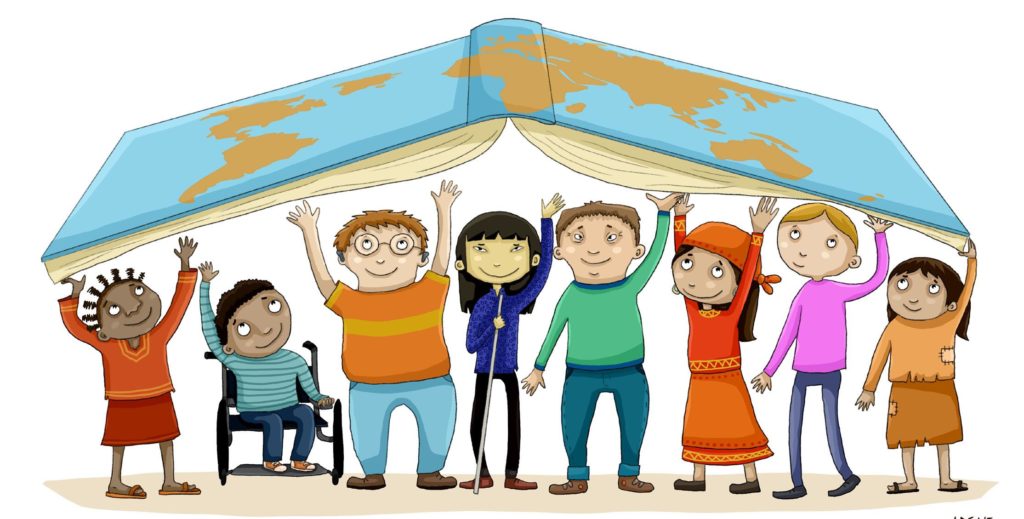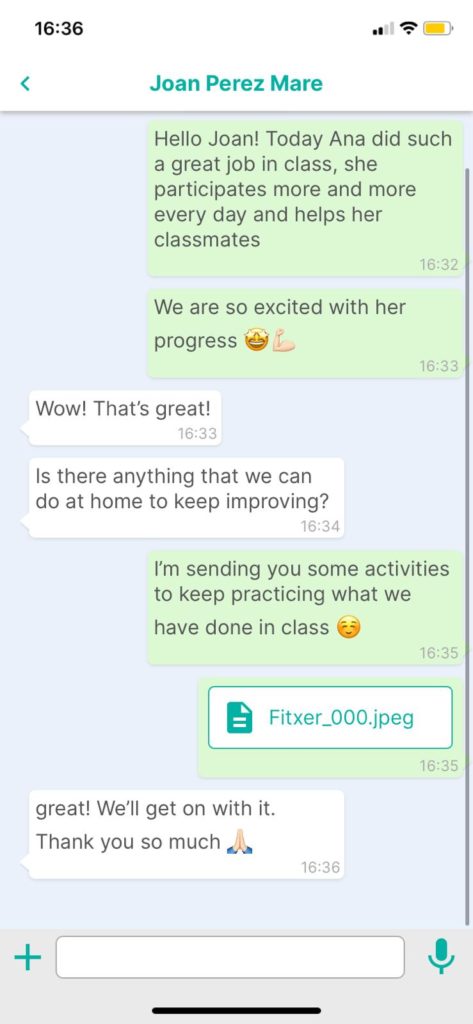Can you imagine living in a world where everyone receives a quality education? By quality education system, we are not only referring to the education itself or the concepts that we must transmit, but also to that one that focuses on those learners or groups that may be marginalised or vulnerable, so that they can develop to their full potential.
According to UNESCO, there are currently more than 262 million children and young people out of school, and 6 out of 10 have not acquired basic literacy and numeracy skills after several years of schooling, perpetuating poverty and marginalisation. Far from being a marginal issue about how some learners can be integrated into the mainstream, it’s main focus is thinking about how to transform education systems globally so that they respond to diversity and students needs.

What is an inclusive education?
The United Nations Educational, Scientific and Cultural Organisation – UNESCO – defines inclusive education as “the process of identifying and responding to the diversity of needs of all learners through increasing participation in learning, cultures and communities, and reducing exclusion in education”.
It is based on the principle that each child has different characteristics, interests, abilities and learning needs and that it is the education systems and the educational programmes that are designed to meet these different needs.
Inclusive education is a model of education that aims to meet the needs of all children, young people and adults, especially in cases where there may be a risk of social exclusion, as well as to ensure access to quality education with equal opportunities, fair and equitable for all.
It is about building a context, adapting it to people, in which differences are catered for and in which the specific support and help required by the most vulnerable groups or individuals is guaranteed. Inclusive education is also designed to facilitate correct learning for all students, with common goals to reduce as much as possible any possible rate of social exclusion.

How can we make it?
Each pupil should be included in a heterogeneous classroom, in heterogeneous groups and work with a teaching team in a classroom whose organisation and planning is the responsibility of the teaching team. It is also advisable to alternate groupings within a classroom and to combine team work in large and small groups with individual work time.
Among the basic characteristics of inclusive education, we must also highlight aspects such as universality, where there are no access requirements or admission mechanisms, the quality of life of students, inside and outside the classroom, thus increasing their happiness, and freedom in order to train people with a critical and cooperative spirit. Collaborative work, interactive groups, peer tutoring, activities to promote dialogue and project work, among other strategies, are examples of important and effective practices to achieve inclusive education.
It is also recommended to create an innovative and creative environment, where students are encouraged to make decisions, accept risks, challenge and question the results obtained. An environment where successes are celebrated and failures are supported is conducive to successful personal and professional development.

How would an inclusive school look like?
It is that centre where students feel included, supported and accepted by their peers and members of the school.
Furthermore, the involvement of families by including measures that favour the rapprochement between school and family culture is a good preventive method for the resolution of difficulties that may arise in the inclusive school, but above all it is a good instrument for favouring and improving the learning of pupils both inside and outside the classroom. To this end, the information and participation of families is decisive in the learning space.
The school of the 21st century cannot be understood without adequate educational inclusion. Therefore, teachers must have the right tools and training to facilitate the process. Do you want to know how Additio can help you work in an inclusive way? Well, very simple, click HERE and discover all the features Additio can offer you!



